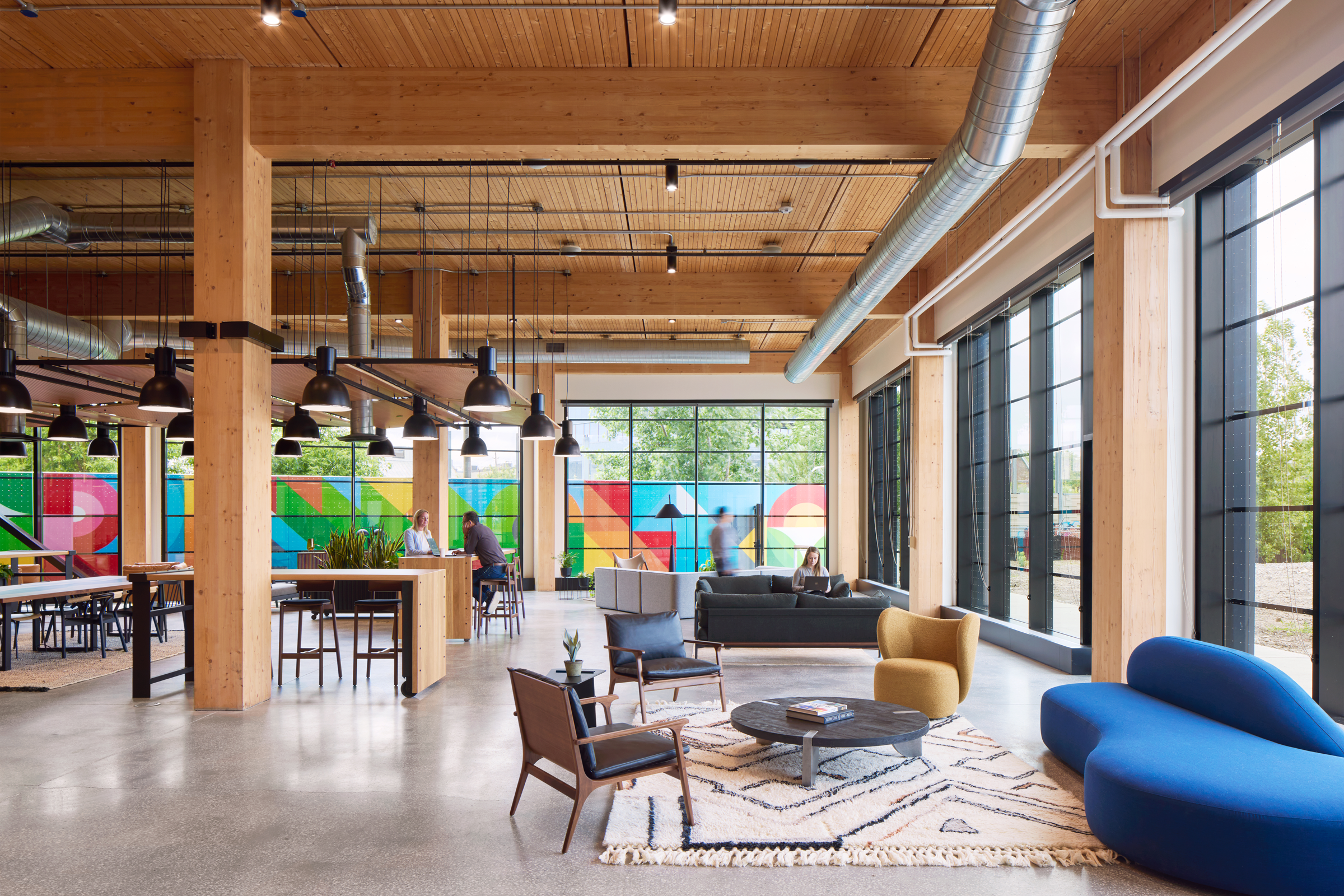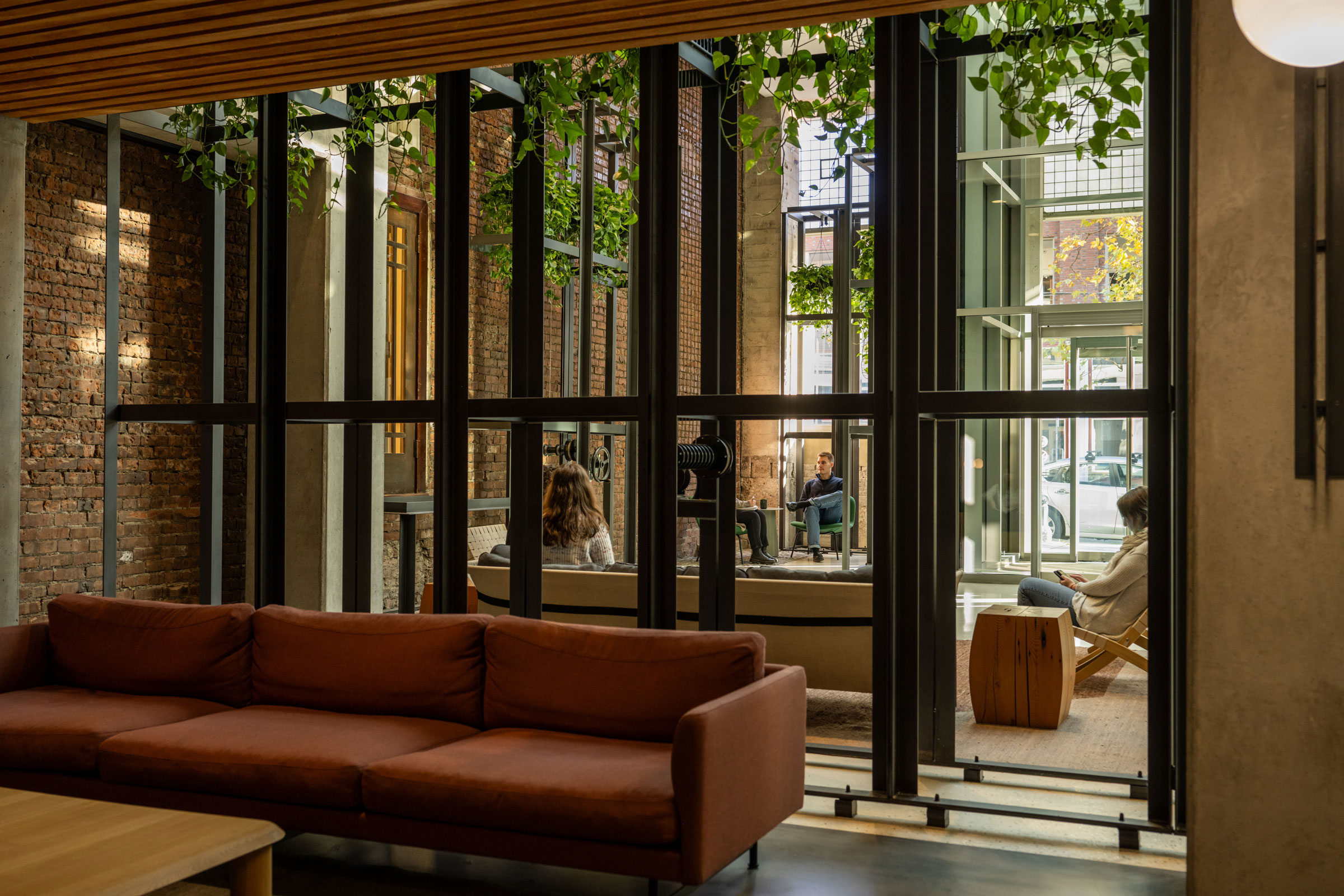Story at a glance:
- Data center projects present complex technical specifications, aggressive schedules, and extremely high performance demands
- Low-carbon admixtures, blended cements, and carbon sequestration solutions are enhancing concrete’s sustainability profile without compromising strength or resilience.
As more and more data centers are planned or in construction, their impacts on community are a hot topic of conversation.
From 2015 to 2024 the value of private data center construction in the US increased tenfold. In 2024 the private sector spent more than $28.3 billion on data center construction—approximately $10 billion more than the previous year.
The need for resilient, low-carbon data centers is greater than ever, and experts like those at Chryso are committed to being part of the solution.
“With more data center projects requiring EPDs and low-GWP concrete, we need partners who bring more than just product; we need solutions. Help us simplify mix designs, maintain strength, and adapt to regional material limitations,” says Elias Fink, director of sales and preconstruction at TPAC, an Encon Company. “That kind of collaboration positions us to win more work in this fast-growing market.”
Chryso’s Lisa Barnard, a regular presenter on sustainability with a deep knowledge in life cycle analysis, environmental product declarations, and UN Sustainable Development Goals, recently shared her insights around the future of low-carbon data centers.
Why is concrete such a critical material for data center design?
Concrete plays an indispensable role in the construction of data centers because of its inherent strength, durability, and resilience. These are mission-critical facilities that must remain operational through extreme weather, heavy loading, and continuous thermal cycling. Data centers impose exceptionally high live loads from densely packed servers and equipment, along with heavy dead loads from supporting infrastructure like generators, chillers, and batteries. Concrete’s robust structural capacity accommodates these demands while providing essential vibration control for sensitive electronics.
Beyond structural performance, concrete’s thermal mass helps buffer temperature swings, supporting stable internal conditions and enhancing overall energy efficiency. It also offers superior fire resistance and contributes to a secure, long-lasting building envelope. Increasingly, concrete’s adaptability and potential for decarbonization make it central to sustainable design strategies for next-generation data centers.
What are the most common challenges in delivering concrete for data center projects?
Data center projects are unlike standard commercial construction. They present complex technical specifications, aggressive schedules, and extremely high performance demands. Mix design approvals can take considerable time due to strength, shrinkage, and admixture compatibility requirements. Security protocols, strict access procedures, and evolving design modifications also add layers of coordination.
From a producer’s standpoint, one of the biggest challenges is balancing sustainability goals, like lower embodied carbon, with the need for concrete that performs reliably under tight time constraints. For architects, understanding these real-world factors early in design helps ensure specifications are achievable within local material and logistical limits.
How do sustainability requirements influence mix design and project execution?
Sustainability goals are now shaping every stage of data center construction. Owners increasingly require Environmental Product Declarations (EPDs), Global Warming Potential (GWP) targets, or low-carbon concrete options. While this is a positive shift it also adds technical complexity.
Reducing carbon often involves higher use of supplementary cementitious materials (SCMs) like fly ash or slag, which can slow early strength gain and extend set times, especially in colder climates. Architects should be aware that achieving lower GWP values may impact construction sequencing. Early collaboration among designers, engineers, contractors, and material suppliers is essential to balance performance with sustainability goals. The most successful projects integrate low-carbon design targets during the pre-bid phase rather than retrofitting them midstream.
What factors most influence the selection of concrete suppliers for data center projects?
Supplier selection for data centers is driven by three key factors: technical capability, sustainability credentials, and reliability. Owners and general contractors place significant emphasis on suppliers who can deliver consistent performance, document embodied carbon reductions, and provide technical support throughout the project.
Price competitiveness remains a factor, but increasingly it’s balanced against a supplier’s ability to manage logistics, ensure quality under demanding schedules, and respond to on-site issues quickly. For architects and specifiers, aligning project requirements with suppliers capable of both technical excellence and sustainability compliance helps mitigate downstream risks.
How do sustainability requirements impact performance and efficiency on the jobsite?
The drive for lower-carbon concrete has introduced new performance variables that affect schedule and constructability. Mixes designed for reduced carbon may have longer set times or require closer temperature control during curing. High SCM blends can be less predictable in early strength development, which impacts formwork removal and finishing operations.
Efficiency depends on understanding these trade-offs upfront. Specifying performance-based criteria rather than prescriptive mix formulas gives producers flexibility to optimize for both sustainability and constructability. Admixture technologies can play a key role: improving workability, controlling set times, and maintaining durability even with reduced cement content.
Data center projects are often large, fast-paced, and technically complex. How do flexibility and adaptability factor into concrete solutions?
Flexibility is fundamental. Each data center has unique thermal, structural, and security requirements that demand tailored mix designs and logistics planning. Producers often adjust standard mixes to accommodate higher or lower cementitious content, SCM use, conversion to synthetic fibers versus steel, or advanced admixtures.
From a design perspective, flexibility means allowing for localized solutions. Material availability can vary dramatically between regions, for instance, myriad blended cements and SCMs may not be available everywhere. Architects should specify sustainability outcomes (like GWP targets) rather than rigid material formulations (or prescriptive specifications), enabling the local supply chain to innovate within those boundaries. This adaptability improves constructability and helps ensure the project achieves its performance and resilience goals.
How is concrete contributing to resiliency in data center infrastructure?
Resiliency is both a performance and sustainability issue. Concrete’s inherent durability, fire resistance, and ability to withstand temperature and wind extremes make it the material of choice for mission-critical facilities. It protects sensitive equipment and enables long design lifespans, reducing the embodied carbon associated with replacement or repair.
Emerging technologies, including low-carbon admixtures, blended cements, and carbon sequestration solutions, are further enhancing concrete’s sustainability profile without compromising strength or resilience. In the context of data centers, where uptime is everything, this balance of strength and sustainability defines the future of resilient design.
What key takeaway should architects and designers keep in mind?
Early collaboration is everything. When architects, engineers, ready mix, precast producers, and admixture suppliers align from the start, we can design mixes that meet sustainability targets, optimize construction efficiency, and maintain the performance these mission-critical facilities require. Data centers are the backbone of our digital world—and concrete, when designed intelligently, is the foundation that keeps them resilient, sustainable, and secure.



